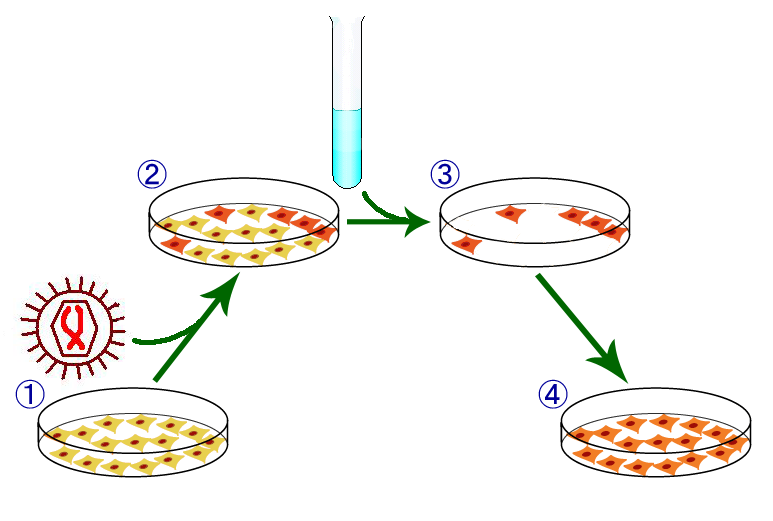
Consider this future scenario… your doctor advises you for a regenerative transplant and asks you to contact your Cord Blood Bank (something that was stored from the umbilical cord when you were born). Seems a leap of faith, but possibly not! Recently a team of researchers led by Dr. Ulrich Martin from the Hanover Medical School, Germany have not only shown the possibility of inducing pluripotent stem cells from human cord blood but also its advantages over using normal adult cells (of somatic origin). Their article appears in the recent issue of the journal “Cell Stem Cell” - Volume 5, Issue 4, 434-441, 2 October 2009.
Pluripotent stem cells are stem cells that have the ability to become any type of cell in the body. Recent research has shown the possibility of generating such stem cells from regular human adult cells by inducing certain genes. The disadvantage and challenge in this method rises from the risk of these adult cells to acquire mutations and eventually lose their cellular identity or even become tumors.
The authors of the paper have shown the possibility of generating induced pluripotent stem cells (iPSCs) from human Cord Blood, an easily available source. These cells show the characteristics that are typical of human embryonic stem cells without actually having to obtain them by involving the embroyo at all. Due to this nature of these cells, they can be made to become any type of cell in the human body including the functional cardiomyocytes. Since they can be sourced from the individual's own cord blood (collected and stored at birth), they can be routinely harvested without any donor risk. This method can be of immediate relevance and great advantage for pediatric patients who are born with genetic diseases or congenital malformations.


